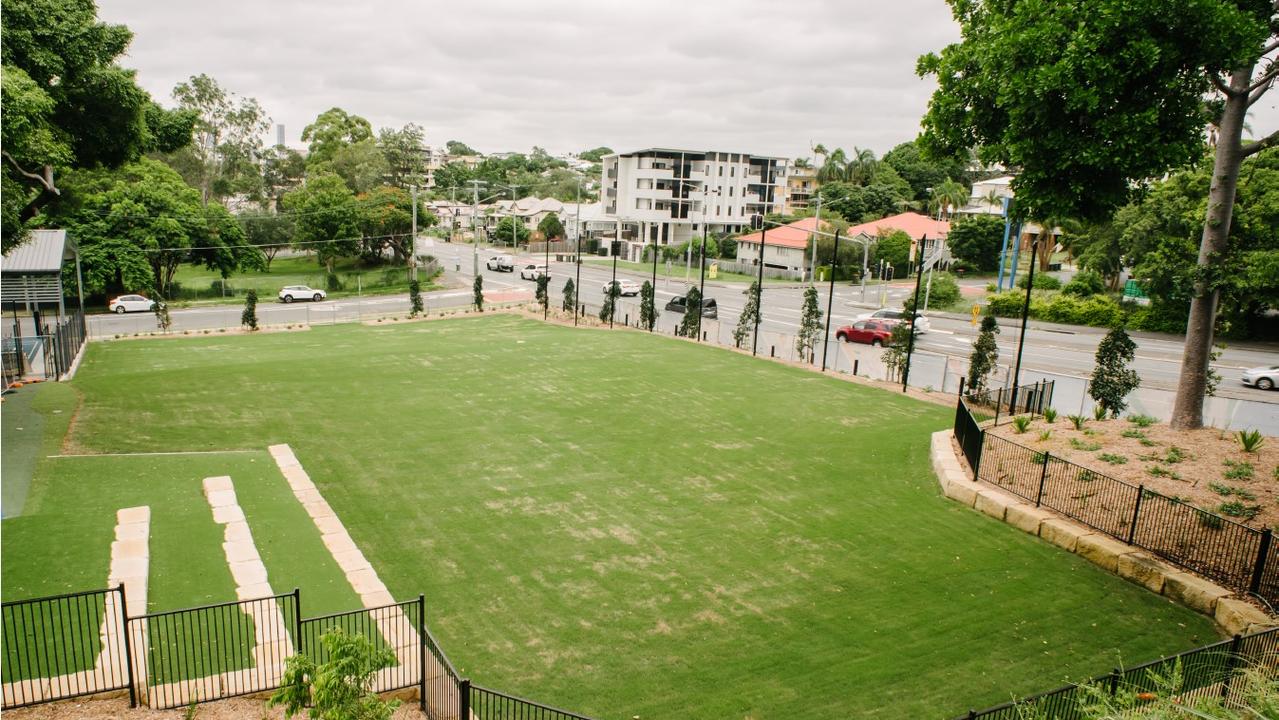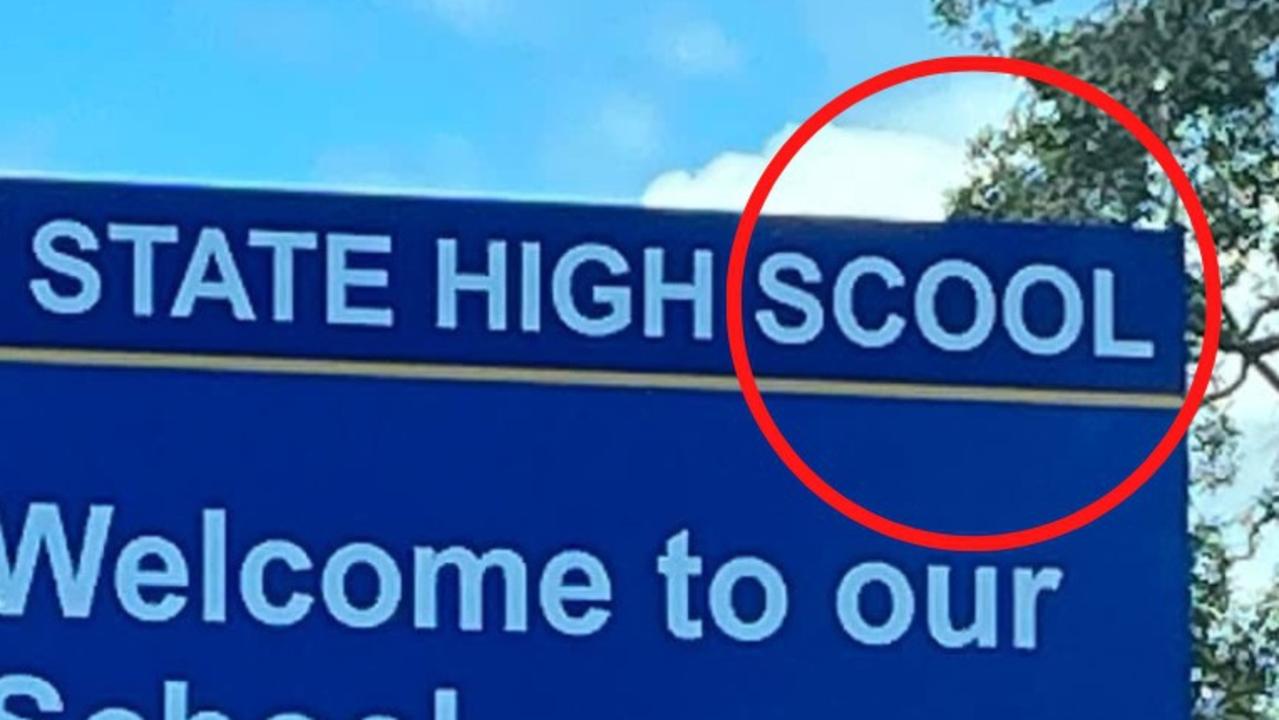Qld’s richest schools revealed: Brisbane Grammar, St Peters Lutheran, Anglican Church Grammar, King’s Christian College, Brisbane Girls Grammar top the list
Queensland’s richest school raked in almost $80m more than the highest-ranked state school, as a major wealth divide is exposed between private and public schools. HOW YOUR SCHOOL COMPARES

Schools Hub
Don't miss out on the headlines from Schools Hub. Followed categories will be added to My News.
The five richest schools in the state made more money in five years than the poorest 340 combined, highlighting the disparity between public and private education, amid continuing crucial national negotiations to overhaul the school funding model.
In an exclusive Courier-Mail analysis, five years’ worth of financial data from the MySchool database was collated to rank more than 1650 Queensland schools.
The data ranked them on 2018-22 combined gross income – including fees, state and federal government funding, and other sources such as donations.
The MySchool financial data available is always at least one year behind.
SCROLL DOWN TO SEE EVERY QLD SCHOOL
Brisbane Grammar School retains top spot, having earned $321m, St Peters Lutheran College moves from third to second with a 26 per cent income increase over the five-year period totalling $284m.
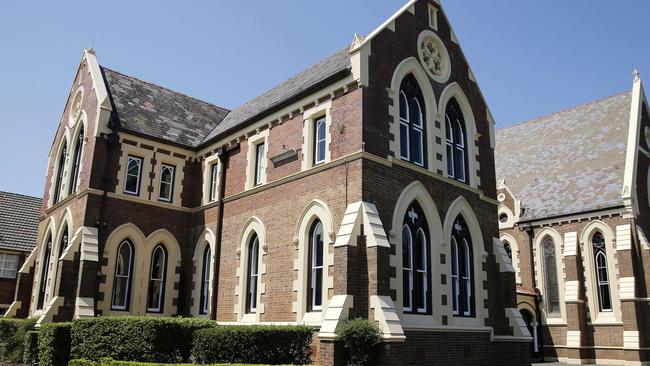
Anglican Church Grammar School, closely followed with $283m, King’s Christian College on the Gold Coast recorded $281m, and Brisbane Girls Grammar School totalled $246m to round out the top five.
Queensland’s five richest schools have not changed compared to the 2017-2021 period, only their order differed slightly.
The heavyweights’ income for 2018-22 totalled $1.417bn, signifying an $87m increase compared to the top five in The Courier-Mail’s financial analysis for 2017-21.
At the other end of the scale, the 340 Queensland schools with the lowest five-year income for 2018-22 earned a combined $1.386bn.
Looking at the 100 most cash-strapped schools, 98 of them are state schools.
The lowest-income schools – Homestead State School and Bartle Frere State School in the state’s north, Karara State School and Mount Whitestone State School in Toowoomba, and Orion State School in Rockhampton – had to make do with about $2m each over five years.
A Department of Education spokesman said Queensland schools were appropriately funded, but they were among the most geographically dispersed in the country.
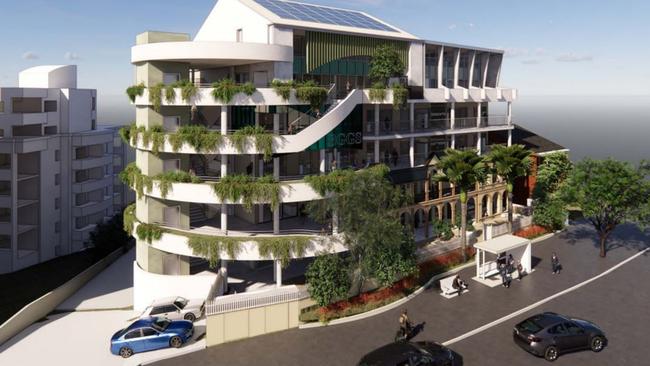
“Each school’s gross income comprises state and federal recurrent funding, parental fees and charges, and income from other private sources,” the department said.
“The amount of funding a school attracts is affected by local factors and conditions, such as location, student cohort, staffing needs, programs offered, enrolment numbers and the age/size of facilities.”
The National School Reform agreement – the joint deal between the state and federal government around school funding allocations – expires at the end of the year, and has been the subject of ongoing negotiations for months.
The aim is to raise public school funding to meet the Schooling Resource Standard, which was recommended by the Gonski Review in 2012 and is the minimum level of funding required to meet the basic learning needs of all Australian school students.
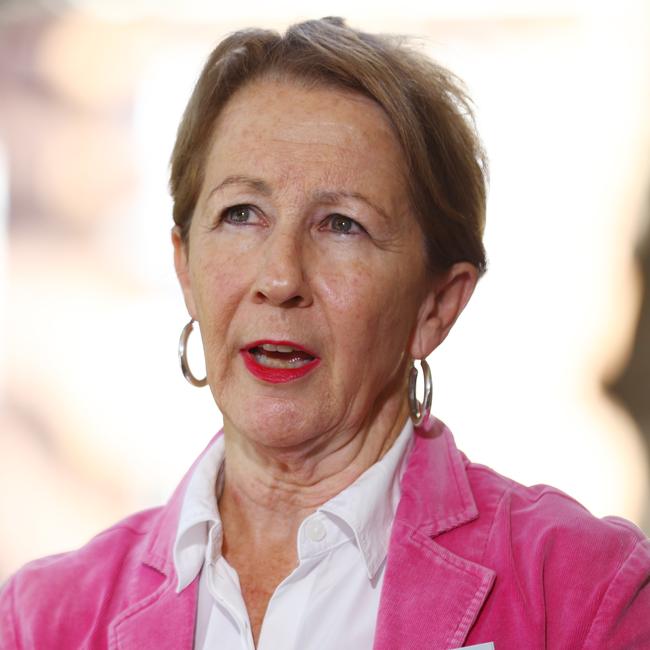

Queensland schools are currently funded about 90 per cent of the recommended Schooling Resource Standard, with experts and education unions calling for this to rise to 100 per cent.
Both state Education Minister Di Farmer and federal Education Minister Jason Clare have committed to striking a deal that ensures every school gets fair funding in the renewed National School Reform agreement.
Queensland Teachers’ Union president Cresta Richardson said Queensland state schools were grappling with a $1.6bn shortfall.

“Fully funding state schools is the only way to ensure that every child gets the support they need to succeed, and we can recruit and retain the teachers and school leaders we have,” she said.
“By contrast, Queensland private schools are over-funded at 103 per cent of the Schooling Resource Standard this year.
“The diversity and complexity of students’ needs has never been greater.
“The challenges are too great, and the cost of inaction is too high for the inaction of funding.
“The Queensland Teachers’ Union calls on the federal government to lift the federal student resource standard to 25 per cent by 2028.”


